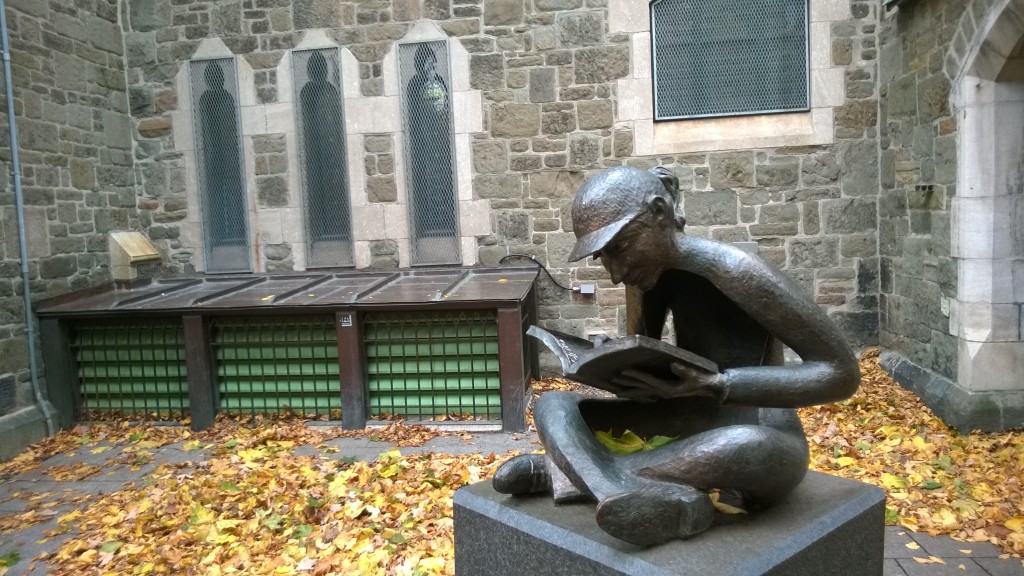By Doug Ward
Two recent surveys help illustrate the barriers that block much-needed changes in teaching, learning and course design at colleges and universities.
In one, conducted by Gallup for Inside HigherEd, most full-time faculty members saw little value in online courses and took an even bleaker view of online courses at their own institutions. The survey found that only 24 percent of full-time faculty members agreed or strongly agreed that online courses could lead to the same level of learning as in-person courses. That fell to 13 percent for their own institutions.

Another recent survey, this one by the Higher Education Research Institute, found that adoption of online courses was growing, although only 17.4 percent of faculty members said they had taught an online course. At public universities, that number was nearly 10 points higher, though.
Online courses are simply one piece of a much larger structural change. Learning is shifting away from a mountaintop model in which students learn primarily from an instructor with rare information to a collaborative or multifaceted model in which students learn in many different ways, including in online environments. Ubiquitous access to information has made the how and the why of most subjects far more important than the what.
Rather than approaching change with a mindset of helping students, though, far too many instructors, especially those with tenure, simply dismiss calls for active learning as unworkable and unachievable. That, too, is reflected in the Gallup/Inside HigherEd poll, as 62 percent of respondents were age 50 or older. As the survey put it, the responses “may hint at generational effects,” as older faculty members are often slower to adopt new techniques and new technologies.
The HERI survey does show a heartening increase in student-centered teaching approaches like use of small groups, student-selected topics and group projects. Use of those approaches has risen nearly 20 percent over the last 25 years, the survey said. Use of extensive lecturing also showed a slight increase over the last three years, though, with half of faculty saying they use lecturing extensively in their classes.
The upshot of these surveys is that we still have a long way to go in persuading colleagues about the value of active learning and of trying new approaches (if online courses can really be considered new). That’s unfortunate, given the rising use of active learning in K-12 schools.
The most recent NMC Horizon report on K-12 education indicates that use of techniques like project-based learning, problem-based learning, inquiry-based learning, and other approaches that emphasize “learning by doing” and allow students to move deeper into topics is growing quickly. So is experimentation with technology and a shift of teachers’ primary role to that of mentor.
Students in those programs have many choices in where they go to college. Institutions that adapt will have a clear advantage in attracting students. Those that don’t will find themselves on the end of an uncomfortable question from prospective students and their parents: Why?
Doug Ward is an associate professor of journalism and the associate director of the Center for Teaching Excellence. You can follow him on Twitter @kuediting.







Recent Comments